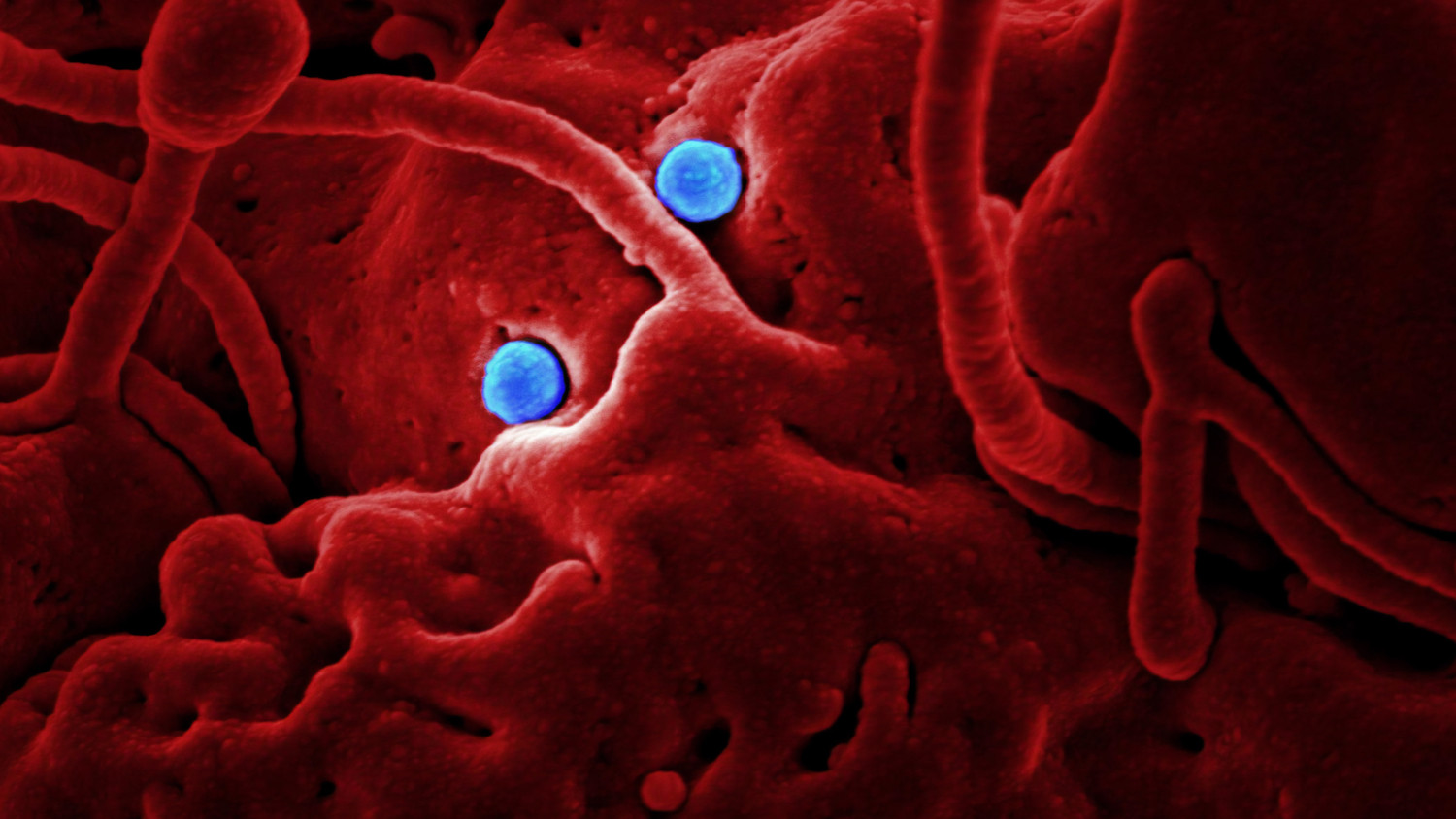In the pharmaceutical industry, drug delivery presents several challenges to find the safest, fastest, and reliable way to administer drugs. Cutaneous administration represents a convenient route due to its non-invasive nature, avoiding pain, and the generation of medical waste. In particular, for cosmetics, topic administration is the preferred route. New materials are coming out to help avoid problems related to this versatile route, such as the degradation of active ingredients, uncontrolled release, and insufficient skin permeation control.
In this blog, we will present a novel strategy for cosmetics delivery using highly porous nanomaterials.
Compared to other administration routes like oral, cutaneous administration overcomes limiting factors such as loss of activity due to degradation along the intestinal tract or wastage due to vomiting and diarrhea. Cutaneous or topical administration is one of the most innovative research areas in pharmacology; in some specialties like cosmetics, it is used owing to advantages like self-administration. Since nanotechnology's arrival, the pharmaceutical sector implemented nanomaterials as carriers to deliver drugs like anti-inflammatories, antitumoral, antiretrovirals, and cosmetics. In cosmetics, the nanocarriers provide ingredients like vitamins, tanning agents, and nutrients to the skin.
MOFs compared to other nanomaterials
Among nanomaterials, Metal-Organic Frameworks (MOFs) outstands due to their highly ordered and porous structure. Owing to their hybrid nature with metal centers and organic linkers, it allows to tunning pore size and shape. MOFs' conscious design has led to the fabrication of different shapes, a critical property. Specific shaping depends on the administration route (intravenous, oral, or cutaneous). The versatility of these materials results in several advantages for its applications in cosmetics delivery, such as:
- Easy fabrication
- Tunable porosity
- Simple surface functionalization
- High adsorption capacity
- Biocompatibility
- Controlled release
MOFs' implementation is not limited to cosmetics in the pharmaceutical industry; you can find out more applications on our previous blogs.
Improving active ingredients loadings
One of the most appealing properties of MOFs is their high porosity. This particular feature is directly related to the loading capacity of active ingredients. For instance, an iron-based MOF is one of the most promising MOFs used in the biomedical field, possessing a porosity of 2400 m2/g (BET). In a recent study, this MOF was used to fabricate patches containing liporeductor cosmetic caffeine (CAF).
CAF is a small molecule showing cosmetic effects such as anticellulite, antioxidant, photoaging protection, and human hair follicle growth stimulation. In standard cosmetic formulations, this active ingredient is used in loading <5%wt due to its high tendency to crystallize and uncontrolled release. To prove the capabilities of the iron-based MOF, the researchers prepared patches for topical caffeine delivery. The patches were prepared in three simple steps: components milling, mixing, and mold pressing.
The caffeine content of the MOF-based patches reached 16.9 ± 0.6 % wt, increasing the CAF loading up to three times compared to commercial caffeine body cream formulations. Another critical factor for cosmetic products is the controlled release of active ingredients. In the case of the MOF-based patches, the agglomerant component influence the delivery rate. When the patches were fabricated using gelatin, the caffeine was progressively released within 48 hrs, reducing the administration frequency of the user and providing a longlasting effect of CAF.
In topical administration, it is essential to measure how effectively the active ingredients are delivered to the skin's target layer. Skin permeation studies of the MOF-based patches containing caffeine showed that about 52% of the CAF loading was given to the skin. Although these results are similar to previous data of skin permeation of caffeine, the higher loading achieved in the MOF-based patches and the prolonged-release enhances the skin's CAF activity. These results show promise for the implementation of more MOFs materials in more pharmaceutical applications.
The versatility of MOF materials is essential for such an industry. For instance, the iron-based MOF has been used for the delivery of drugs due to several factors like:
- Easy and environmentally-friendly fabrication
- Lack of toxicity
- Allows exceptional loading rates
- Imaging properties
- Simple surface functionalization
Caffeine delivery is just one example that shows the advantages offered by MOF materials. Other examples can be found in the scientific literature.




